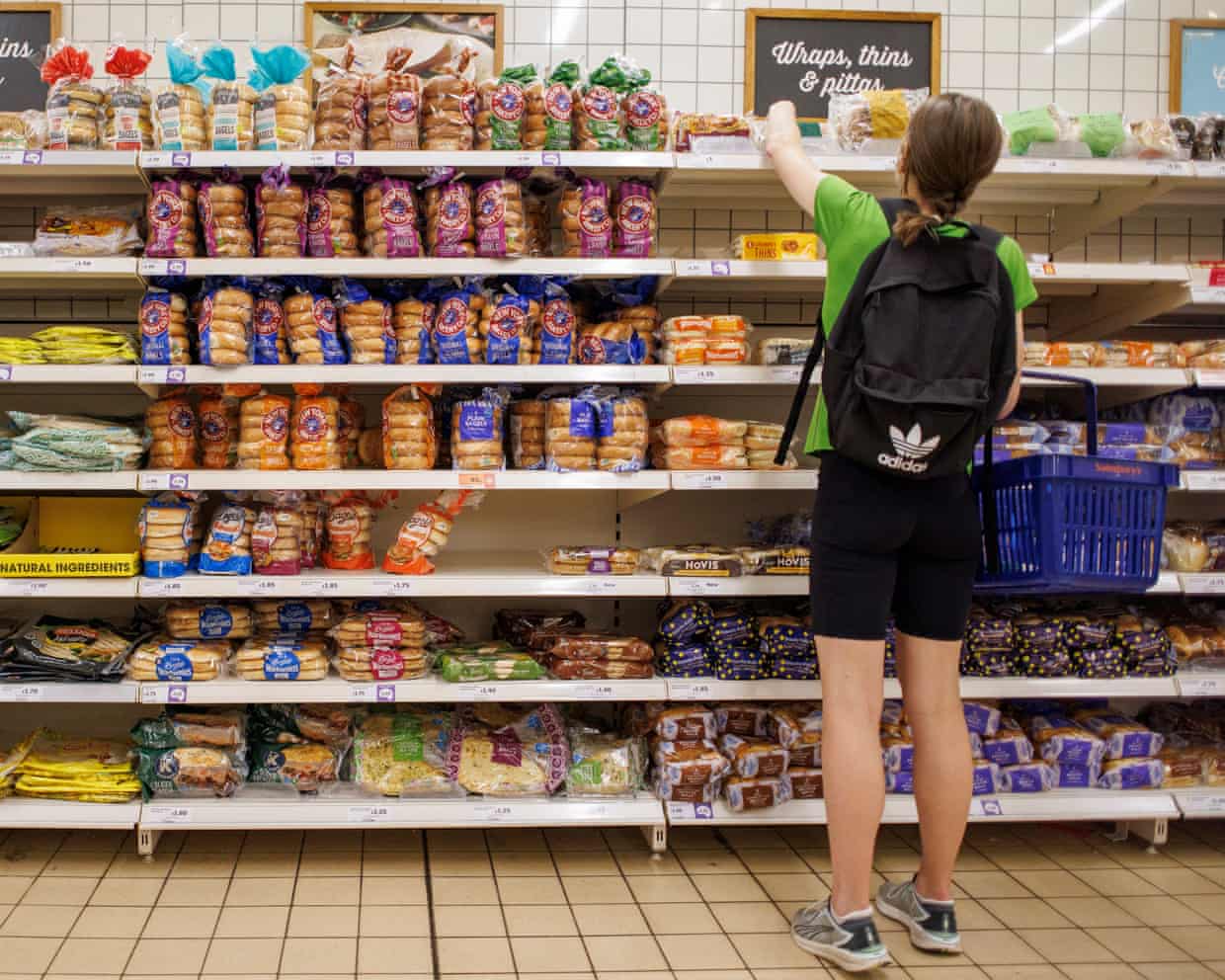NEWS NOT FOUND

Archive: Davos – hot air in a cold climate
The Observer, 3 January 1971The cult of the management seminar is growing. So is the cost. Anyone with a finely developed sense of the ridiculous will welcome the news that in Davos, Switzerland, later this month 500 of Europe’s top businessmen will each pay about £700 to sit and learn at the feet of such mighty gurus as Herman Kahn and John Kenneth Galbraith.The first European Management Symposium, organised by the Geneva business school, Centre d’Etudes Industrielles, to celebrate its 25th anniversary, will cost each visitor £500 in registration fees, £100 for accommodation, plus travel (£53 fare from London). You can, of course, add a few pounds here and there for drinks and other sundries which businessmen require when they are away from home

JD Wetherspoon warns of lower profits as pubs hit by rising costs
JD Wetherspoon has warned of lower than expected half-year profits, as the pub chain revealed a £45m surge in costs driven by “higher than expected” bills for energy, wages, repairs and business rates.The bigger-than-forecast expenses in the 25 weeks to 18 January meant profits at Wetherspoons are now “likely to be lower” compared with the same period in 2024, said its chair, Tim Martin.Shares in the company dropped by more than 6% in early trading on Wednesday.The warning comes as pressure builds on British pubs, with a number of rising costs in recent years including higher employer national insurance contributions and increases in the minimum wage, energy costs and inflation.Higher bills meant one pub a day closed for good in England and Wales last year, according to analysis of government statistics by the tax specialist company Ryan

UK inflation rises for first time in five months to 3.4% in December
Inflation in the UK rose for the first time in five months to 3.4% in December, pushed up by higher air fares and tobacco prices.The Office for National Statistics (ONS) said the annual inflation rate increased from 3.2% in November after falling in October and flatlining in the previous three months. The figure overshot City economists’s forecasts of a modest rise to 3

Nearly 400 millionaires and billionaires call for higher taxes on super-rich
Nearly 400 millionaires and billionaires from 24 countries are calling on global leaders to increase taxes on the super-rich, amid growing concern that the wealthiest in society are buying political influence.An open letter, released to coincide with the World Economic Forum in Davos, calls on global leaders attending this week’s conference to close the widening gap between the super-rich and everyone else.The letter, signed by luminaries including the actor and film-maker Mark Ruffalo, the musician Brian Eno and the film producer and philanthropist Abigail Disney, says extreme wealth is polluting politics, driving social exclusion and fuelling the climate emergency.“A handful of global oligarchs with extreme wealth have bought up our democracies; taken over our governments; gagged the freedom of our media; placed a stranglehold on technology and innovation; deepened poverty and social exclusion; and accelerated the breakdown of our planet,” it reads. “What we treasure, rich and poor alike, is being eaten away by those intent on growing the gulf between their vast power and everyone else

A stooge in the US Fed could blow out inflation in Australia – but Trump is unlikely to get his way
The Reserve Bank of Australia could lose some control over its ability to set interest rates independently if Donald Trump is successful in his bid to take control of the US central bank, experts warn.Ten days after the US Department of Justice announced a criminal investigation into the Federal Reserve’s chair, Jerome Powell, the supreme court on Wednesday will hear arguments in a legal case that will determine whether the president has the power to fire Lisa Cook, a member of the Fed’s board of governors.National Australia Bank’s chief economist, Sally Auld, said if the court upholds Trump’s efforts to sack Cook then that could spell the beginning of the end of the central bank’s independence.The consequences of Washington DC wresting control over monetary policy could be severe, and ultimately lead to higher inflation.It would likely trigger a crisis in confidence in the American currency and financial assets, such as stocks and bonds, Auld said, with ramifications for other central banks

Wall Street sees worst day since October after Trump tariff threats
Stock markets fell on both sides of the Atlantic on Tuesday, with Wall Street suffering its worst day since October, as investor concerns persisted over the fallout from Donald Trump’s push for US control of Greenland.The sell-off hit US stocks on the first day of trading in New York since Trump threatened new tariffs on eight European countries, after the market was closed for a public holiday on Monday. The S&P 500 closed down 2.1% while the Dow Jones finished down 1.8%

Welcome to Duncanville: why the road to the NBA runs through Dallas

The Spin | Ricky Ponting’s prescient call and the joy of being a cricket soothsayer

‘Pay up’: Rory McIlroy delivers Ryder Cup warning to LIV pair Hatton and Rahm

Significant sexual safety problem for women working in elite UK sport, says survey

‘Head held high’: Raducanu refuses to be critical after early Australian Open exit

‘It’s not acceptable’: Brook admits he’s lucky to be captain after bouncer altercation